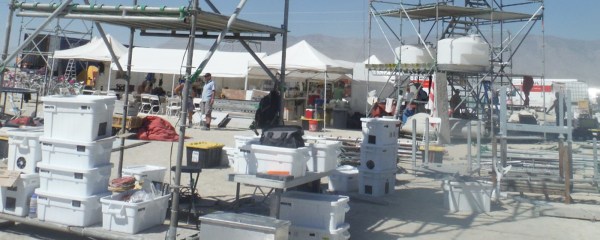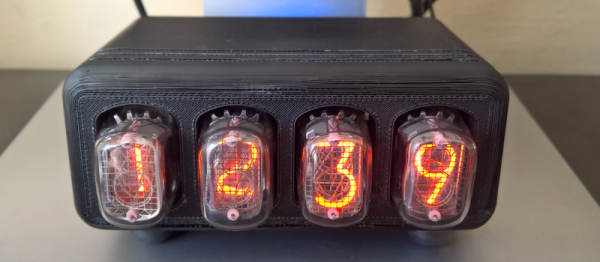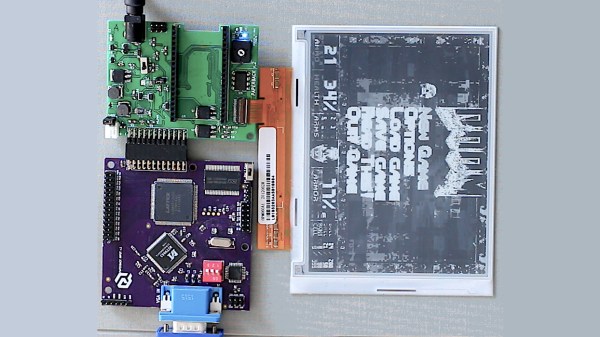For the last few months we’ve been running The Hackaday Prize, a challenge for you to build the best bit of hardware. Right now — I mean right now — you should be finishing up your project, crossing your t’s and dotting your lowercase j’s. The last challenge in the Prize ends tomorrow. After that, we’re going to pick 20 finalists for the Anything Goes challenge, then send the finalists off to our fantastic team of judges. Time to get to work! Make sure your project meets all the requirements!
It’s been a few weeks, so it’s time to start talking about Star Trek. I’m paying ten dollars a month to watch Star Trek: Discovery. I was going to pay that anyway, but I think this might actually be worth it. Highlights include Cardassian voles and Gorn skeletons. Also on the Star Trek front is The Orville, [Seth MacFarlane]’s TNG-inspired show. The Orville has far surpassed my expectations and is more Star Trek than Discovery. Leave your thoughts below.
It’s a new edition of Project Binky! Two blokes are spending years stuffing a 4WD Celica into a Mini. It’s the must-watch YouTube series of the decade.
AstroPrint now has an app. If you’re managing a 3D printer remotely and you’re not using Octoprint, you’re probably using AstroPrint. Now it’s in app format.
Have fifty bucks and want to blow it on something cool? A company is selling used LED display tiles on eBay. You get a case of ten for fifty bucks. Will you be able to drive them? Who knows and who cares? It’s fifty bucks for massive blinkies.
[Peter] is building an ultralight in his basement. For this YouTube update, he’s making the wings.
Oh it’s deer season, so here’s how you make deer jerky.
If you’re messing around with Z-Wave modules and Raspberry Pis, there’s a contest for you. The grand prize is an all-expense paid trip to CES2018 in Las Vegas. Why anyone would be enthusiastic about a trip to CES is beyond me, but the Excalibur arcade has Crazy Taxi, so that’s cool.
Go is the language all the cool kids are using. GoCV gives Go programmers access to OpenCV.





















